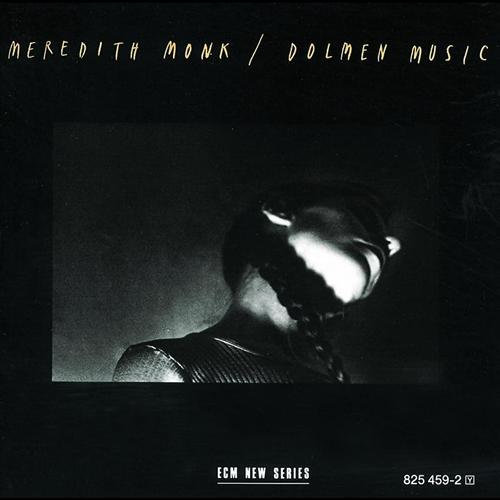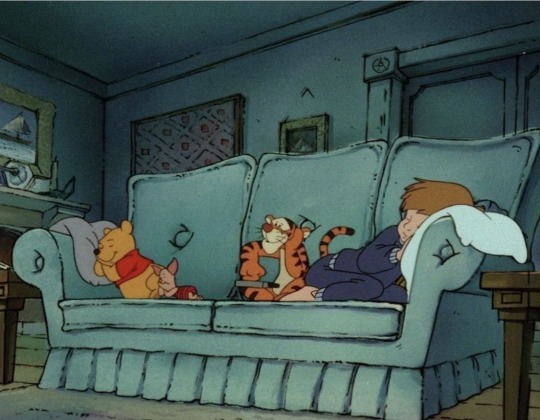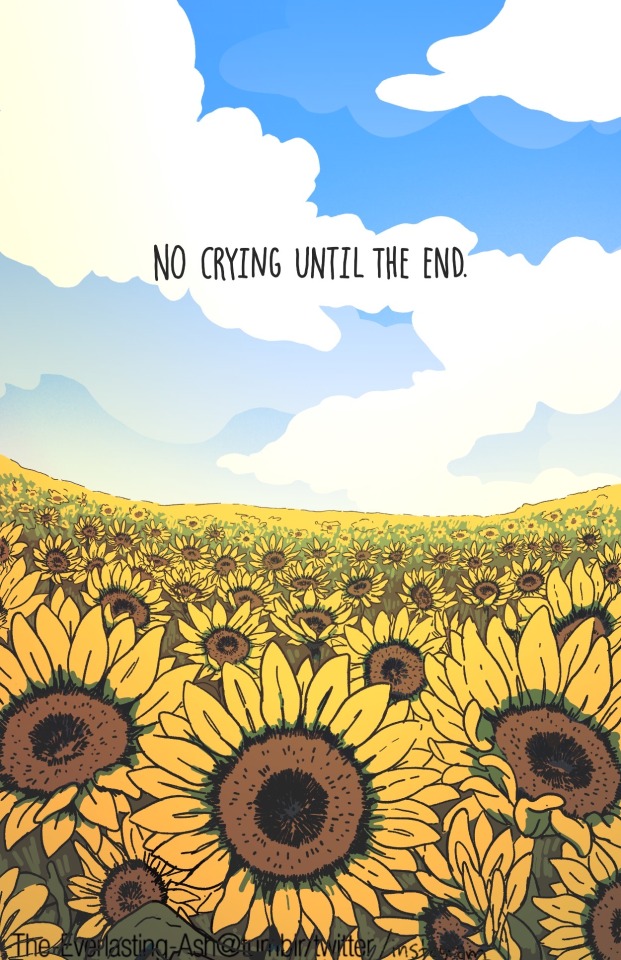Text
“What is this freedom? The Constitution does not speak of freedom of contract. It speaks of liberty…But the liberty safeguarded is liberty in a social organization which requires the protection of law against the evils which menace the health, safety, morals and welfare of the people.”
Chief Justice Hughes, writing for the majority opinion in West Coast Hotel v. Parish as quoted in The Anti-Oligarchy Constitution: Reconstructing the Economic Foundations of American Democracy, Joseph Fishkin and William E. Forbath
0 notes
Text
I'm getting so sick of major female characters in historical media being incredibly feisty, outspoken and public defenders of women's rights with little to no realistic repercussions. Yes it feels like pandering, yes it's unrealistic and takes me out of the story, yes the dialogue almost always rings false - but beyond all that I think it does such a disservice to the women who lived during those periods. I'm not embarrassed of the women in history who didn't use every chance they had to Stick It To The Man. I'm not ashamed of women who were resigned to or enjoyed their lot in life. They weren't letting the side down by not having and representing modern gender ideals. It says a lot about how you view average ordinary women if the idea of one of your main characters behaving like one makes them seem lame and uninteresting to you.
19K notes
·
View notes
Text
“But the Berea students’ Lobby Day experience…demonstrates the dilemmas rural young people face when they rely on similar strategies of visibility and assertions of difference deployed by their urban peers. Unlike urban gay and lesbian communities able to mobilize significant numbers of people and dollars to generate visibility, rural youth and their allies live and work in communities and legislative districts that prioritize solidarity, rely on familiarity, and lack the public or private resources to underwrite sustained, visible dissent to assert queer difference. These are also places where media representations of LGBT people outpace the tangible presence of locally organized constituencies able to or invested in prioritizing queer recognition.
This book [Out in the Country] addresses how young people in the rural United States who lay claim to LGBT identities confront the politics of gay visibility, expectations, and constraints that define and shape the recognition of LGBT-identifying people in popular culture and public life. I take an interdisciplinary approach to examine how rural queer and LGBT-identifying youth, contrary to popular narratives of escape to urban oases, stand their ground to name their desires and flesh out local meaning.”
Mary L. Gray, Out in the Country: Youth, Media, and Queer Visibility in Rural America
4 notes
·
View notes
Text
"Much work in queer and transgender studies is governed by an epistemological framework that, as Robyn Wiegman has argued, “calls for scholars in identity studies to offer cogent and full accounts of identity’s inherent multiplicity in ways that can exact specificity about human experience without reproducing exclusion”. This version of an intersectional critical project faces an injunction to continually bifurcate the categories of identity it takes as its objects, driving toward a horizon beyond which the spider web of subaltern identity will be fully articulated and social justice (or at least its discursive possibility) will be achieved. The attempt to glimpse the other side of this horizon can lead to the fetishization of certain kinds of bodies—the contours of which change over time—as representing an Archimedean endpoint of radical otherness. Within queer theory and politics, rapid changes in the social location of gays and lesbians have forced these contours to shift quite rapidly. As a homonormative political vision has made its way to the center of liberal politics and concomitant rights have been granted to some—generally white, moneyed, and sexually respectable—gay and lesbian subjects, the L, G, and (more ambiguously) B in the bricolage of queer identity no longer appear to pose, in and of themselves, an existential challenge to social and political norms. A queer political discourse that remains beholden to the logic of identity has thus passed the buck along to the T, asking transgender subjects to hold down the fort of queer difference. The transgender subject—and particularly the figure of the trans woman of color—has come to figure within these coordinates as “a utensil to reference at will” when figuring the outer limits of political representability (Vidal-Ortiz). As Kate Millett once wrote of Jean Genet, trans women of color are seen within this discourse as having “achieved the lowest status in the world,” and through that “perfection of opprobrium” have “acquire[d] the pride of the utterly abject, a condition which turns out to be next door to saintliness”.
All of this has led to what we might call a politics of trans sincerity, in which the gender-nonconforming subject is celebrated as transgres-sive to the extent that her nonconformity can be read as serious —that is, to the extent that she rejects camp...
This new vision of transgender evokes David Halperin’s account of a contemporary homonormative sociality in which sex and desire have switched places with culture and sensibility as tokens of admission into gay male life. Whereas once, Halperin quips, gay men hid their porn collections in the closet and framed their Broadway playbills, now they hide their play-bills in the closet and frame their porn (). Yet this state of affairs—which, in the case of both transgender (particularly trans feminine) and gay male aesthetics, pivots on the status of camp—exists in tension with one that has been more often remarked upon: the self-conscious absorption of camp aesthetics into a wide swath of mainstream media productions, from Lady Gaga to RuPaul’s Drag Race, which in turn bear a complex and varied relationship to queer audiences. In Halperin’s account, such productions testify to the survival of gay culture, however disavowed, after several generations of denial that it still exists or still matters.
I would amend this argument to claim that, though camp performance is in fact ubiquitous, camp reading practices—techniques for interpreting a performance, cross-gendered or otherwise, as camp—have been pushed back into the closet. “What Camp taste responds to is ‘instant character,’ ” Sontag writes, “understood as a state of continual incandescence—a person being one, very intense thing”. You may not be the gender you were assigned at birth, but according to the ontology of camp, you are really something. (And most likely you are—as my grandmother would say, with the emphasis on both words—really something.) Camp taste’s response to such incandescence may take on a range of affective and epistemological guises. It can appear as an intimate act of aggression, as in the drag spectator’s “read,” her knowing look at a performance that shows its seams (Butler, Bodies). But it can manifest, too, as what Eve Kosofsky Sedgwick calls camp-recognition, in which the encounter with a tacky or overwrought object elicits a gesture of sympathetic identification from the viewer who, instead of distancing herself from the scene of aesthetic disaster, asks, “What if whoever made this was gay, too?". Either way, camp reading—forsaken or forgotten within much queer political discourse today—marks an attempt to grasp its object as a whole."
Marissa Brostoff, "Notes on Caitlyn, or Genre Trouble"
4 notes
·
View notes
Text
"And it’s no accident, I’d add, that the transsexual is the only thing that trans can describe that queer can’t. The transsexual is not queer; this is the best thing about her. Take Agnes, the pseudonymous transsexual woman who famously posed as intersex at UCLA’s Gender Identity Clinic in the late fifties in order to obtain access to vaginoplasty. Agnes’s case was chronicled by Harold Garfinkel ([1967] 2006) in an article that’s now taught in trans studies courses. (It’s the sixth entry in The Transgender Studies Reader.) Agnes is regularly celebrated as some kind of gender ninja: savvy, tactical, carefully conning the medical-industrial complex into giving her what she wants (see, e.g., Preciado [2008] 2013: 380–89). What no one wants to talk about is what she actually wanted: a cunt, a man, a house, and normal fucking life. Whatever intuition she may not have had about gender as a “managed achievement” was put toward a down payment on a new dishwasher (Garfinkel 1967). If there’s anything Agnes “reveals” about gender, it’s that actually existing normativity is, strictly speaking, impossible. Norms, as such, do not exist. (If Gender Trouble knew this, it did a poor job explaining it.4) That doesn’t mean that norms don’t structure people’s desires; what it means is that the desire for the norm consists, in terms of its lived content, in nonnormative attempts at normativity. Agnes was a nonnormative subject, but that wasn’t because she was “against” the norm; on the contrary, her nonnormativity was what wanting to be normal actually looked like. Like most of us, Agnes was making do in the gap between what she wanted and what wanting it got her.
We can argue, and people have, about whether queer theory is possible without antinormativity (Wiegman and Wilson 2015). But whatever comes after trans studies—can I suggest transsexual theory?—will be impossible with anti-normativity. The most powerful intervention scholars working in trans studies can make, at this juncture within the academy, is to defend the claim that transness requires that we understand, as we never have before, what it means to be attached to a norm—by desire, by habit, by survival."
Andrea Long Chu in conversation with Emmett Harsin, "After Trans Studies"
2 notes
·
View notes
Text
[Film critic Pauline Kael] came increasingly…to label as a comedy movies she particularly loved, and her use of the word was as distinctive and personal as her use of “shallow” in that she often called a film a comedy even when it wasn’t especially funny. Kael was, of course, in her language a bit of a comedian herself, and she wrote that some of the best reasons to go to the movies in the 1980s were to see Bill Murray, Bette Midler, or Steve Martin, among other comic performers, in action. But “comedy” for her meant more than jokes, or flashes of impudence, or a feeling for the absurdity of some experiences. The word suggested that a movie, or any artwork, had a self-awareness. It could take itself seriously and stand outside itself at the same time. It could bring together sorrow and violence and silliness and wild exaggeration and a lyrical beauty and make them feel like one fabric. This is what Kael’s own cast body of work does, and perhaps it also can best be called a comedy—a comedy of awareness and perception.
Sanford Schwartz in the Introduction to The Age of Movies: Selected Writings of Pauline Kael
0 notes
Text
I will defend the appearance of the magypsies in Mother 3 til the end, them looking like that is both explained in-universe and out and the fact that there's a bunch of characters in effeminate clothing with very obvious facial hair that are treated as kind, heroic and in many ways divine means a lot to me. Boiling them down to a transmisogynistic stereotype means only seeing them on the surface level imo, they're not meant to be trans women, they are explicitly not men OR women in the story of Mother 3. They are genderless, magical beings that have been protecting the island since forever and they are some of your greatest allies in the game when allies are especially sparse. There's a lot to criticize about Mother 3, including the name of these characters, but I don't think the appearance of them being painted as transmisogyny is a fair or genuine criticism, especially since I straight up know people IRL who look like them.
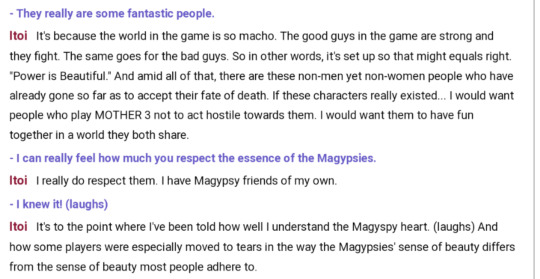
4K notes
·
View notes
Text
"Queers are the only group I know who dread their kids won't grow up traumatized enough. But we did have great hope and love for you all, too."
A Dream of a Woman by Casey Plett
7 notes
·
View notes
Text
“Without anchors, grief dissolves in the brain like salt in water, invisible and unremovable, silent and interwoven.”
—
Casey Plett, “Rose City, City of Roses” from A Dream of a Woman
78 notes
·
View notes
Text
"we need more complex female characters" you guys could barely handle lorelai gilmore being slightly uncomfortable around her parents after going through years of subtle emotional abuse in their house
396 notes
·
View notes
Text



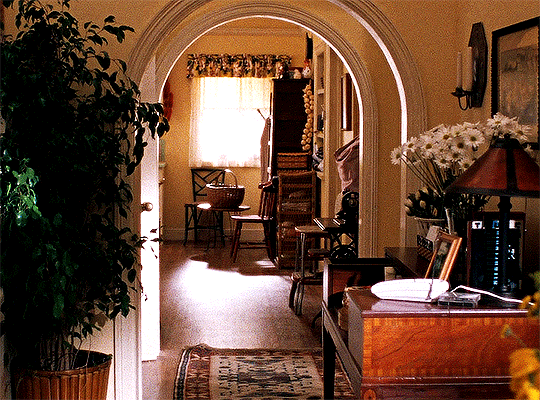
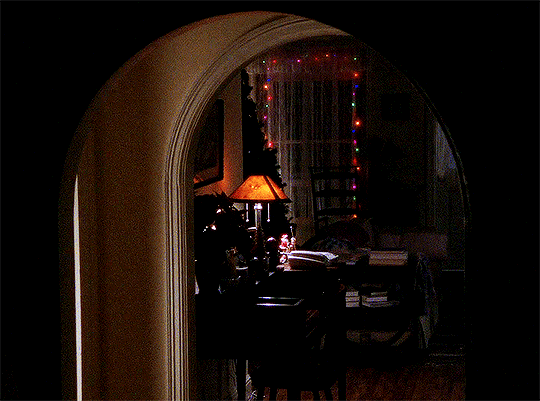



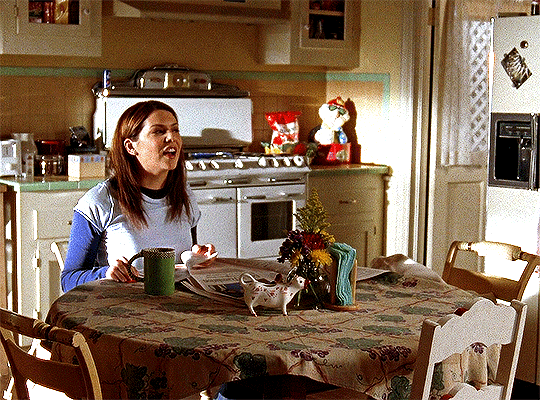
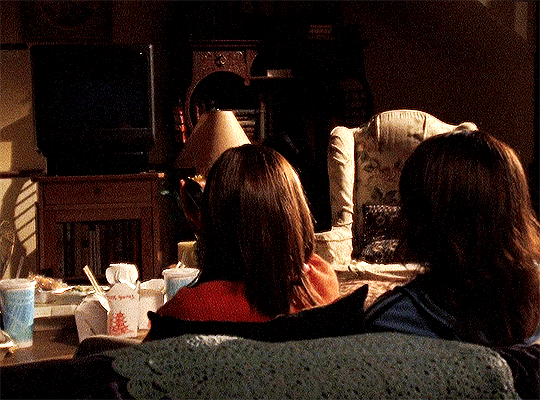
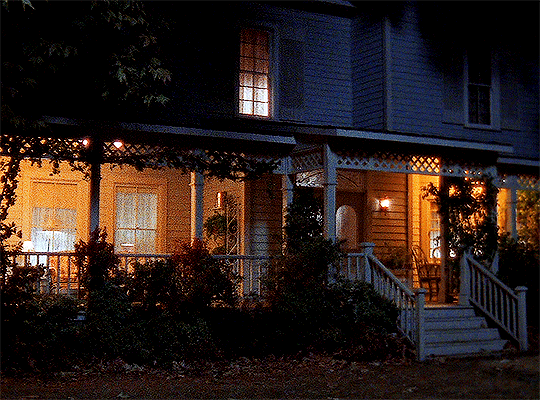
We can get along fine here for a while. Maybe forever. It's a great house. You love this house. I do love this house.
Gilmore Girls (2000 — 2007)
2K notes
·
View notes



